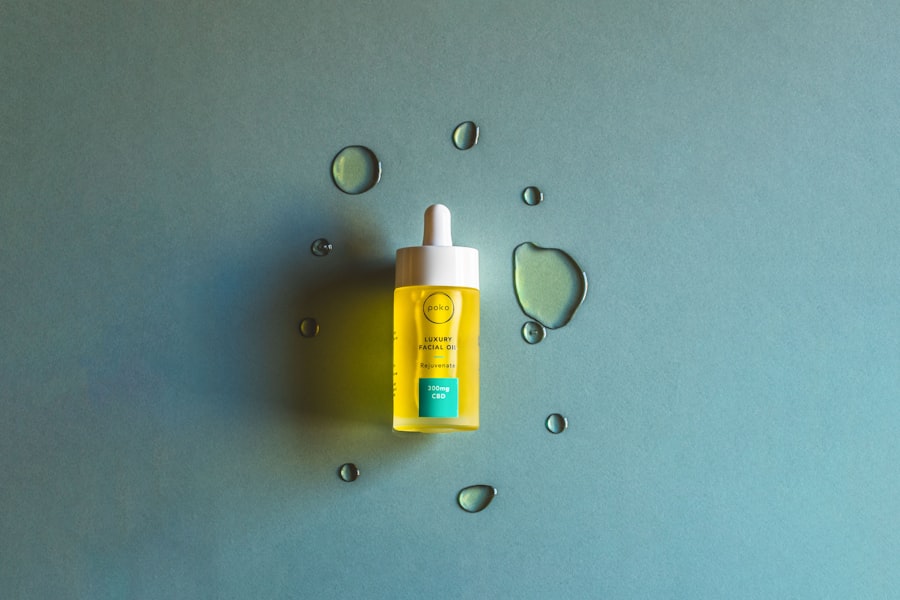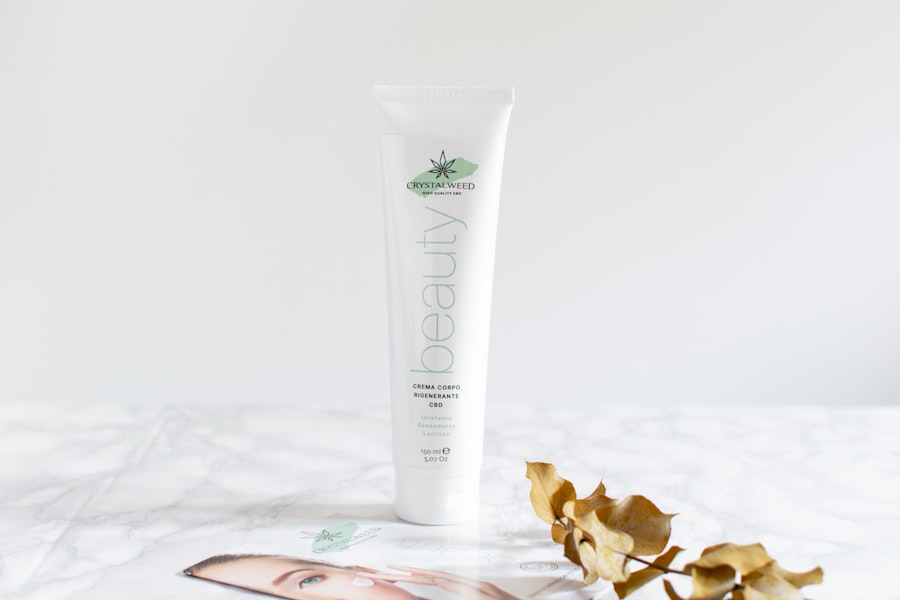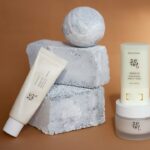After undergoing laser hair removal, your skin is particularly sensitive and vulnerable to the sun’s harmful rays. The procedure works by targeting hair follicles with concentrated light, which can leave your skin temporarily more susceptible to damage. This heightened sensitivity means that without proper sun protection, you could experience adverse effects such as hyperpigmentation, irritation, or even burns.
Therefore, prioritizing sun protection is not just a recommendation; it is essential for ensuring the best possible results from your treatment. Moreover, protecting your skin from the sun after laser hair removal can significantly enhance the longevity of your results. When you expose treated areas to sunlight without adequate protection, you risk undoing the benefits of the procedure.
By taking sun protection seriously, you are investing in both your skin’s health and the effectiveness of the laser hair removal process.
Key Takeaways
- Sun protection is crucial after laser hair removal to prevent skin damage and maintain results
- Look for sunscreen products with SPF 30 or higher and broad-spectrum protection
- Apply sunscreen generously and reapply every 2 hours, especially if sweating or swimming
- Wear protective clothing like wide-brimmed hats and UV-blocking sunglasses
- Avoid sun exposure during peak hours (10am-4pm) to minimize the risk of skin damage
Recommended Sunscreen Products for Post-Laser Hair Removal
Choosing the right sunscreen is crucial for safeguarding your skin after laser hair removal. Look for broad-spectrum sunscreens that offer protection against both UVA and UVB rays. A sunscreen with an SPF of at least 30 is generally recommended, as it provides a sufficient barrier against harmful rays while allowing you to enjoy outdoor activities without worry.
Additionally, consider opting for mineral-based sunscreens containing zinc oxide or titanium dioxide. These ingredients are less likely to irritate sensitive skin and provide a physical barrier against UV radiation. Some popular products that have garnered positive reviews for post-laser care include EltaMD UV Clear Broad-Spectrum SPF 46 and Neutrogena Hydro Boost Water Gel Lotion SPF 30.
These sunscreens are lightweight and non-comedogenic, making them suitable for all skin types, including those prone to breakouts or irritation. Always check the ingredient list to ensure that the product is free from fragrances and harsh chemicals that could exacerbate sensitivity in treated areas.
How to Apply Sunscreen for Maximum Protection

Applying sunscreen correctly is just as important as choosing the right product. To achieve maximum protection, start by applying sunscreen generously to all exposed areas of your skin at least 15 minutes before going outside. This allows the product to absorb properly and form an effective barrier against UV rays.
Don’t forget to cover often-overlooked areas such as your ears, neck, and the tops of your feet if they are exposed. Reapplication is key to maintaining protection throughout the day. You should reapply sunscreen every two hours, or more frequently if you are sweating or swimming.
If you find it challenging to reapply without disturbing your makeup, consider using a mineral powder sunscreen or a spray sunscreen designed for face use. These options allow you to refresh your sun protection without compromising your look.
Clothing and Accessories to Protect Treated Areas from Sun Exposure
| Product | UPF Rating | Material | Price |
|---|---|---|---|
| Sun Hat | UPF 50+ | Polyester | 25 |
| Sun Shirt | UPF 30 | Nylon | 35 |
| Sun Sleeves | UPF 50+ | Spandex | 20 |
In addition to sunscreen, wearing protective clothing can significantly reduce your risk of sun damage after laser hair removal. Opt for lightweight, long-sleeved shirts and long pants made from breathable fabrics like cotton or linen. Darker colors tend to offer better protection against UV rays compared to lighter shades, so consider incorporating darker hues into your wardrobe during the healing process.
Accessories also play a vital role in shielding your skin from sun exposure. A wide-brimmed hat can provide shade for your face and neck, while sunglasses with UV protection can safeguard your eyes and the delicate skin around them. If you plan on spending extended periods outdoors, consider using an umbrella or seeking shade whenever possible.
These simple measures can go a long way in protecting your treated areas from harmful UV rays.
Avoiding Sun Exposure During Peak Hours
Timing is everything when it comes to sun exposure, especially after laser hair removal. The sun’s rays are typically strongest between 10 a.m. and 4 p.m., making this period particularly risky for sensitive skin.
If possible, try to limit your outdoor activities during these peak hours to minimize exposure. If you must be outside during this time, ensure that you are well-protected with sunscreen, clothing, and accessories. Planning your outdoor activities around the sun’s intensity can also enhance your overall experience.
Early morning or late afternoon outings not only reduce your risk of sun damage but can also provide a more pleasant environment for activities like walking or exercising. By being mindful of when you expose your skin to sunlight, you can enjoy the benefits of outdoor activities while keeping your skin safe.
Managing Sunburn and Irritation After Laser Hair Removal

Despite taking precautions, you may still experience sunburn or irritation after laser hair removal. If this occurs, it’s essential to act quickly to alleviate discomfort and promote healing. Start by cooling the affected area with a clean, damp cloth or an ice pack wrapped in a towel.
This can help reduce inflammation and soothe any burning sensations you may feel. Over-the-counter hydrocortisone cream can also be beneficial in managing irritation and reducing redness. However, always consult with your dermatologist before applying any new products to ensure they are suitable for your specific situation.
Additionally, keep the area moisturized with a gentle, fragrance-free lotion to aid in recovery and prevent further irritation.
Long-Term Sun Care for Maintaining Results of Laser Hair Removal
Long-term sun care is vital for maintaining the results of your laser hair removal treatment. Even after your skin has healed from the procedure, continued sun protection is essential to prevent any potential changes in pigmentation or texture. Make it a habit to apply sunscreen daily, regardless of whether you plan on spending time outdoors or not; UV rays can penetrate through clouds and windows.
Incorporating sun-safe practices into your daily routine will not only help preserve the results of your treatment but also contribute to overall skin health. Regularly check your skin for any changes or unusual spots and consult with a dermatologist if you notice anything concerning. By being proactive about sun care, you can enjoy smooth skin for years to come.
Additional Tips for Post-Laser Hair Removal Sun Care
In addition to sunscreen application and protective clothing, there are several other tips you can follow to enhance your post-laser hair removal sun care routine. First, consider using antioxidant-rich serums or creams that can help combat free radical damage caused by UV exposure. Ingredients like vitamin C and E can provide additional protection while promoting healthy skin.
Stay hydrated by drinking plenty of water; this helps maintain skin elasticity and overall health. A well-hydrated body is better equipped to recover from treatments and resist damage from environmental factors like sun exposure. Lastly, always listen to your skin; if it feels irritated or uncomfortable after being in the sun, take a break and allow it time to recover.
By following these guidelines and prioritizing sun protection after laser hair removal, you can ensure that your skin remains healthy and radiant while maximizing the benefits of your treatment. Remember that taking care of your skin is an ongoing commitment that pays off in the long run!
After undergoing laser hair removal, it is crucial to follow proper aftercare instructions to ensure the best results. One important aspect of aftercare is protecting your skin from the sun. Exposure to sunlight can cause irritation and hyperpigmentation in the treated areas. To learn more about how to care for your skin post-laser hair removal, check out this informative article on inlaserhairremoval.com.
FAQs
What is laser hair removal aftercare?
Laser hair removal aftercare refers to the steps and precautions that should be taken after undergoing a laser hair removal treatment. This includes protecting the treated area from the sun, avoiding certain activities, and using specific skincare products.
Why is it important to protect the treated area from the sun after laser hair removal?
It is important to protect the treated area from the sun after laser hair removal because the skin is more sensitive and prone to damage from UV rays. Sun exposure can increase the risk of hyperpigmentation, burns, and other complications.
How long should I avoid sun exposure after laser hair removal?
It is recommended to avoid sun exposure for at least 2 weeks after laser hair removal. This includes direct sunlight as well as tanning beds and sunbathing.
What are some ways to protect the treated area from the sun?
Ways to protect the treated area from the sun include wearing protective clothing, using sunscreen with a high SPF, seeking shade, and avoiding outdoor activities during peak sun hours.
Can I use skincare products on the treated area after laser hair removal?
It is important to follow the aftercare instructions provided by your laser hair removal technician. In general, it is best to avoid using harsh skincare products, exfoliants, and fragranced lotions on the treated area for a certain period of time after the treatment.
What are the potential risks of not following proper aftercare for laser hair removal?
Not following proper aftercare for laser hair removal can increase the risk of complications such as burns, hyperpigmentation, and delayed healing. It can also reduce the effectiveness of the treatment and lead to unsatisfactory results.





